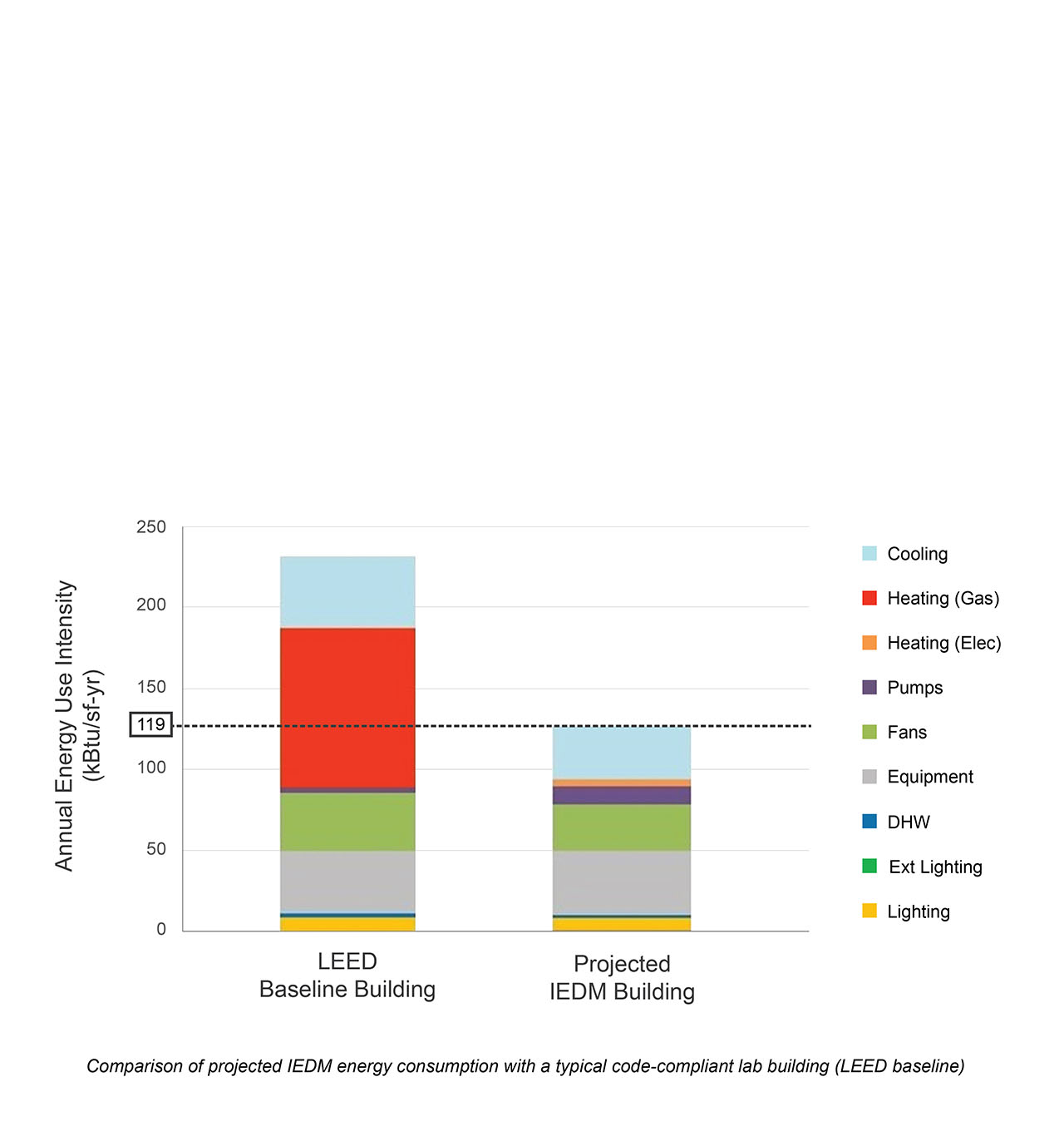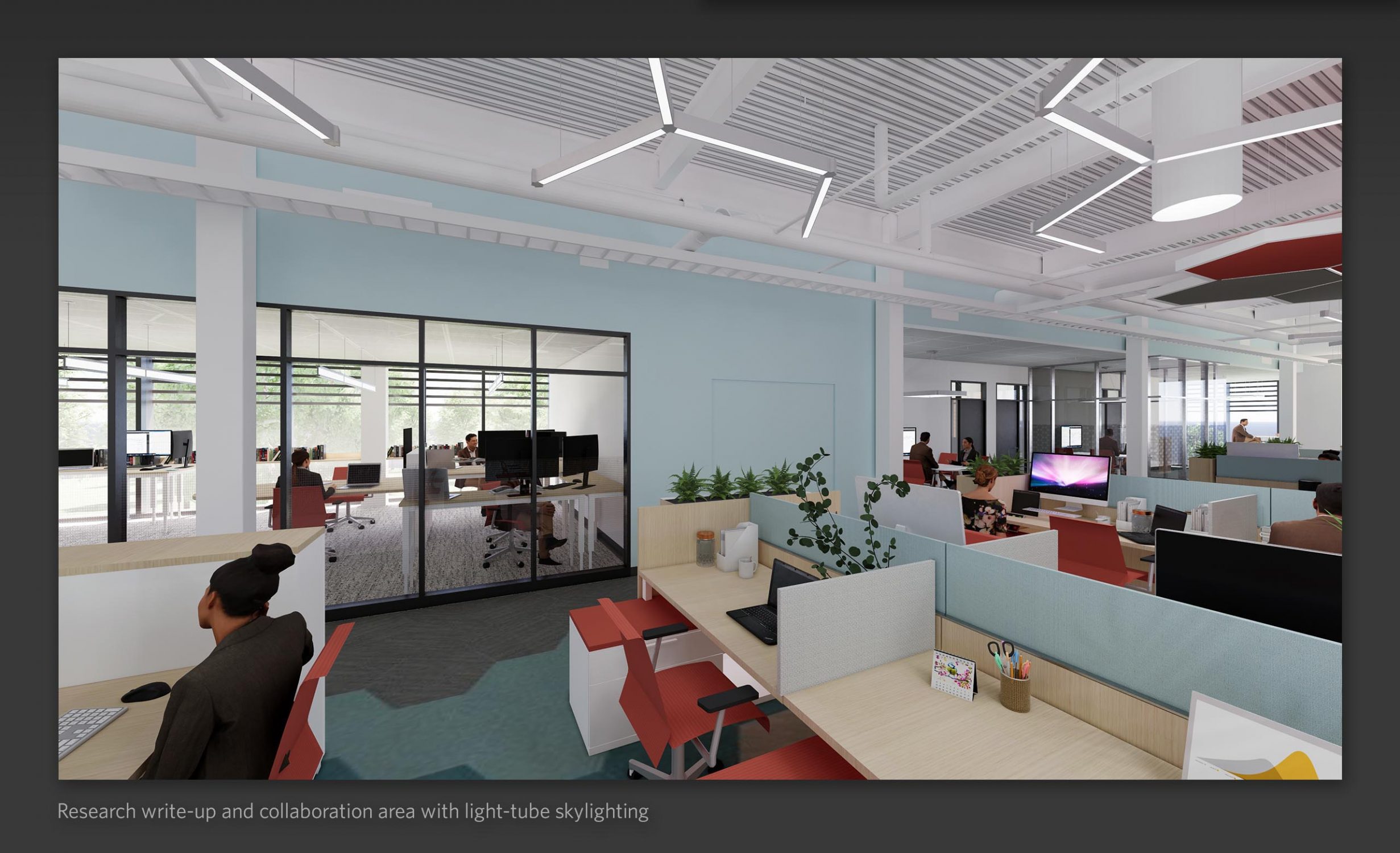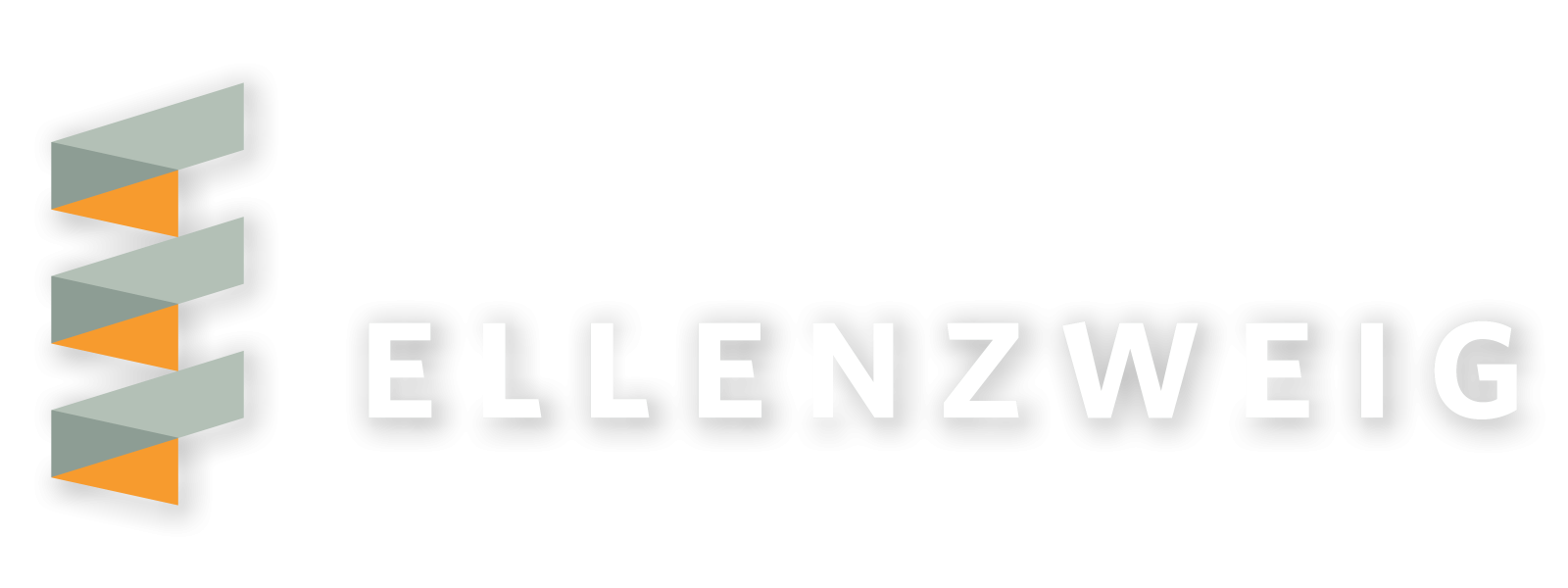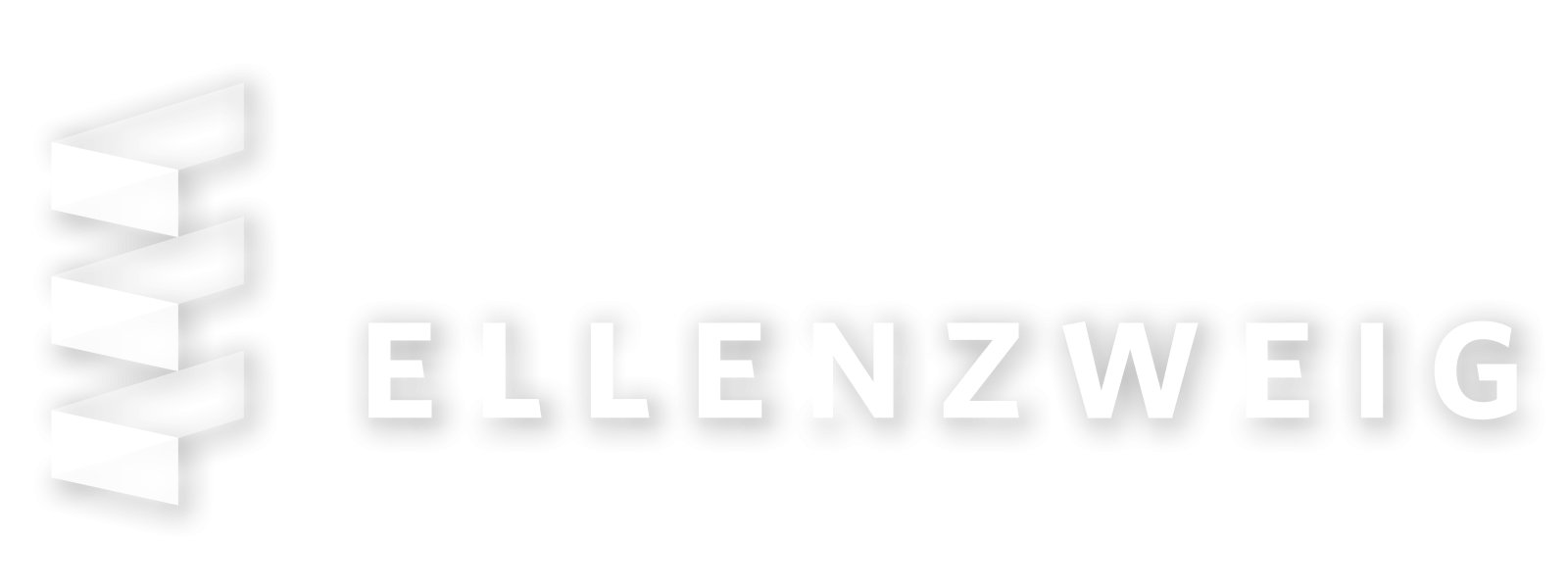Electrified Biomedical Research Building
Net Zero Carbon Ready
Stony Brook University
Institute for Engineering-Driven Medicine
Stony Brook, New York
States, municipalities, and university systems are mandating unprecedented reductions in the energy and related operational carbon required to operate new and renovated buildings. Designers of wet research laboratory buildings (typically among the most energy-intensive) are being challenged by clients to create ultra-high-performance buildings that will contribute to a vastly reduced carbon future.
Stony Brook University’s 61,000 square foot biomedical research building for the Institute of Engineering-Driven Medicine (IEDM) leverages new technologies and new planning approaches to meet the energy and carbon reduction targets of the State University of New York’s new Directive 1B-2, Net Zero Carbon New Buildings and the community-choice NYStretch Energy Code-2020. The IEDM building will achieve a modeled energy use intensity (EUI) of 119 kBtu/sf-yr, which represents a 45% reduction compared to the baseline model for a laboratory building with a similar program. As an electrified building, the IEDM operational carbon footprint will be further reduced as the regional electric power grid becomes progressively “greener” with higher percentages of renewable energy.
The high-performance design of the IEDM building groups together office, write-up, and collaboration spaces and provides them with low-energy systems, generous daylighting, and a continuously insulated, high R-value envelope.
Engineered high-performance strategies include:
- Electrified energy systems, with only back-up power provided by fossil fuels.
- Dedicated-outside-air systems with enthalpy energy recovery wheels for general ventilation in offices and labs, and separate glycol energy recovery for hazardous exhaust.
- Electric, premium-efficiency, air-cooled chillers; heat-recovery chillers; and air-source heat pumps.
- Sensor-based, demand-control ventilation.




